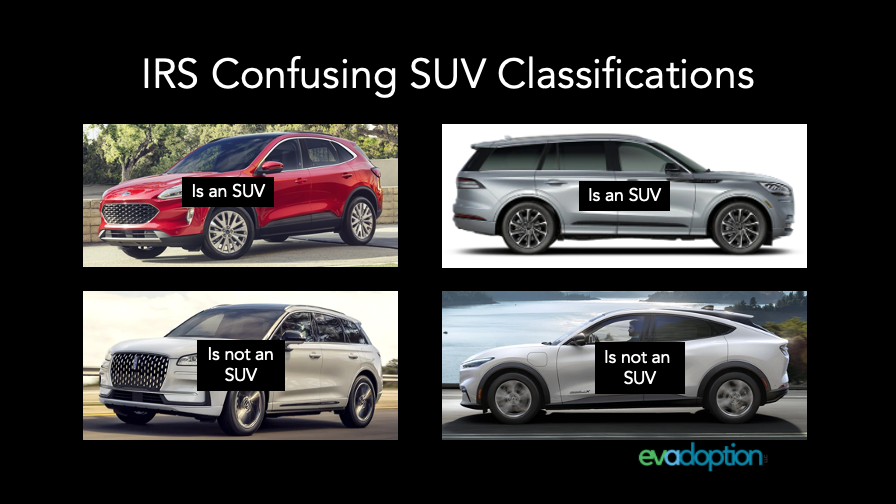
The Clean Vehicle Credit Is A Confusing Mess
Hailed as a huge win for auto manufacturers, car dealers, and consumers, the Clean Vehicle Credit (CVC) which is part of Inflation Reduction Act (IRA),

Hailed as a huge win for auto manufacturers, car dealers, and consumers, the Clean Vehicle Credit (CVC) which is part of Inflation Reduction Act (IRA),
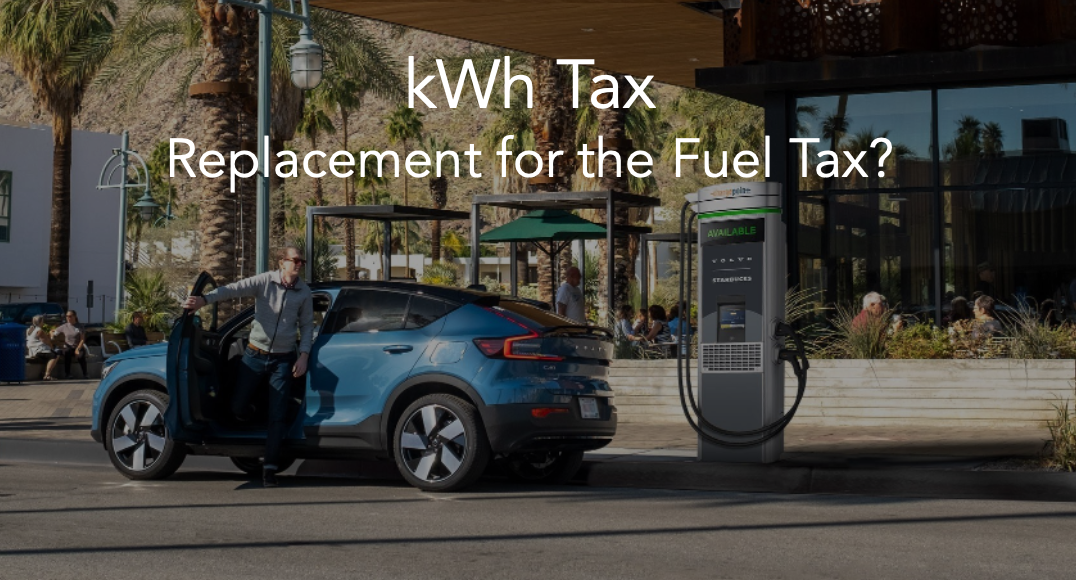
As sales of electric vehicles begin to reach significant numbers across the US, states are exploring approaches to replace lost tax revenue since EVs don’t pay fuel taxes. Is A Tax On Electricity (kWh) Consumed The Best Way to Supplement the Fuel Tax for Electric Vehicles?

One of the top hurdles to EV adoption in the US is the often touted issue that EVs simply cost more than similar gas-powered vehicles. But assuming you can get your hands on one, roughly two-dozen BEVs and PHEVs available for sale in the US this summer have a base manufacturer’s suggested retail price (MSRP) of less than $45,000.

PHEVs are either loved and seen as part of the solution in the transition to vehicles with zero tailpipe emissions, or derided by BEV purists. But PHEVs are a great solution for many, the problem with them in the US is hour are EV incentives are structured. This article outlines some potential fixes.
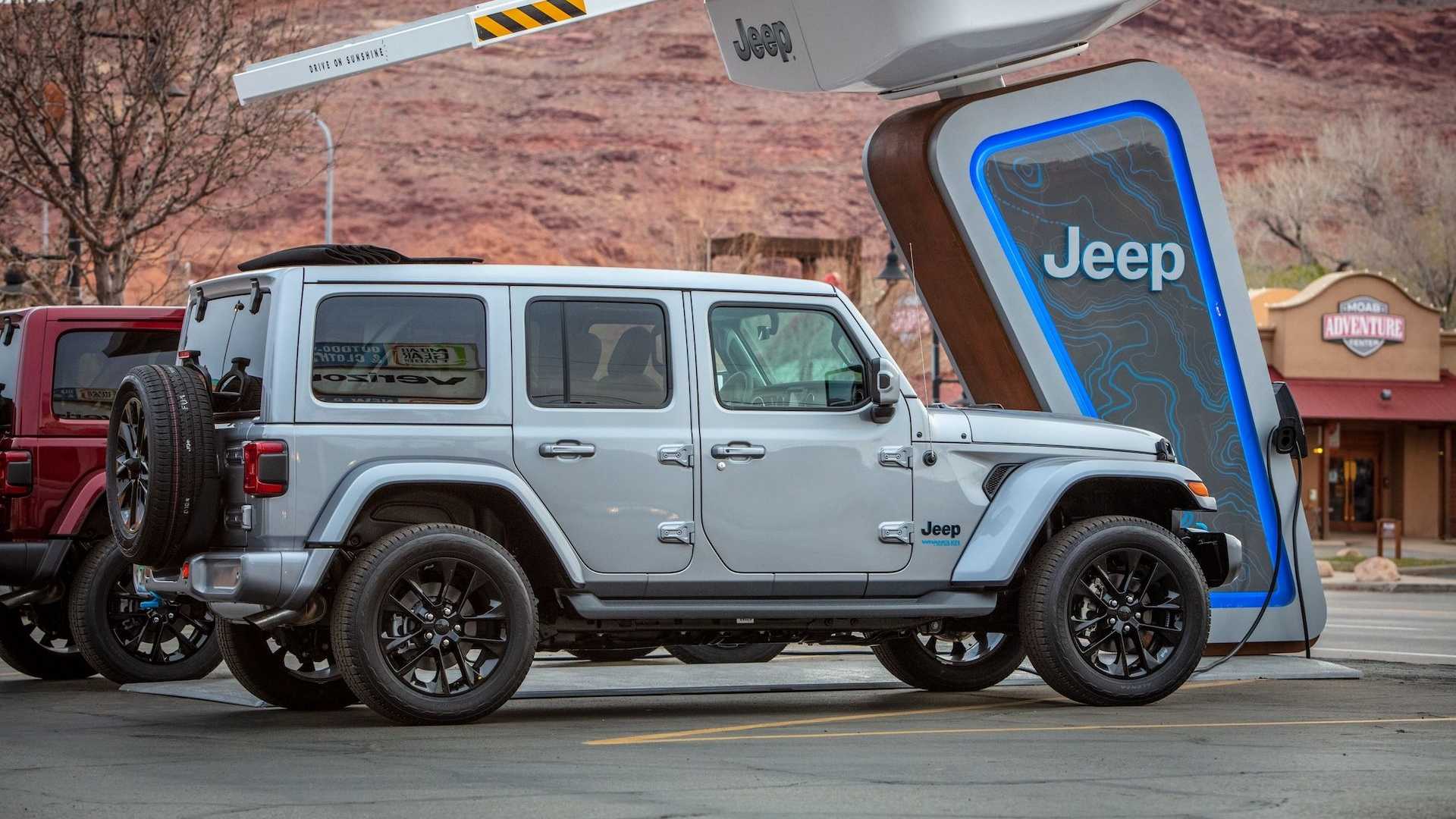
Only available in the US beginning in Q2 of 2021, the hot-selling Jeep Wrangler 4xe plug-in hybrid electric vehicle (PHEV) was apparently the top-selling PHEV
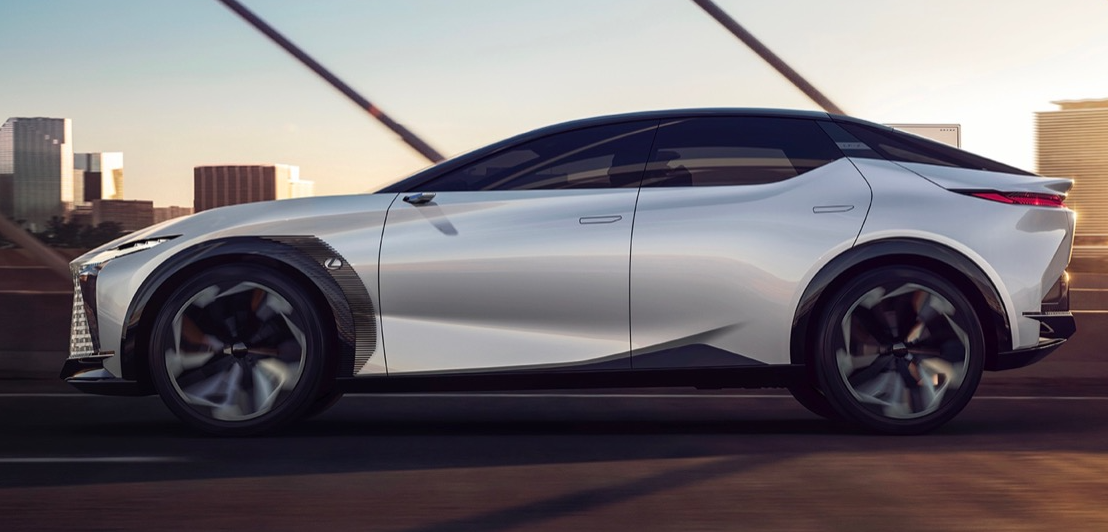
This past week not only had the usual automaker electrification declarations and teases of EVs to come such as the Kia EV6 and Lexus LF-Z concept EV, but we had a huge April Fools’ joke from Volkswagen. In addition DHL adds to its electric delivery van fleet in the US, Jeep announces plans for a Level 2 charging network and solid article was published about the current poor experience facing EV drivers at the various EV charging networks.
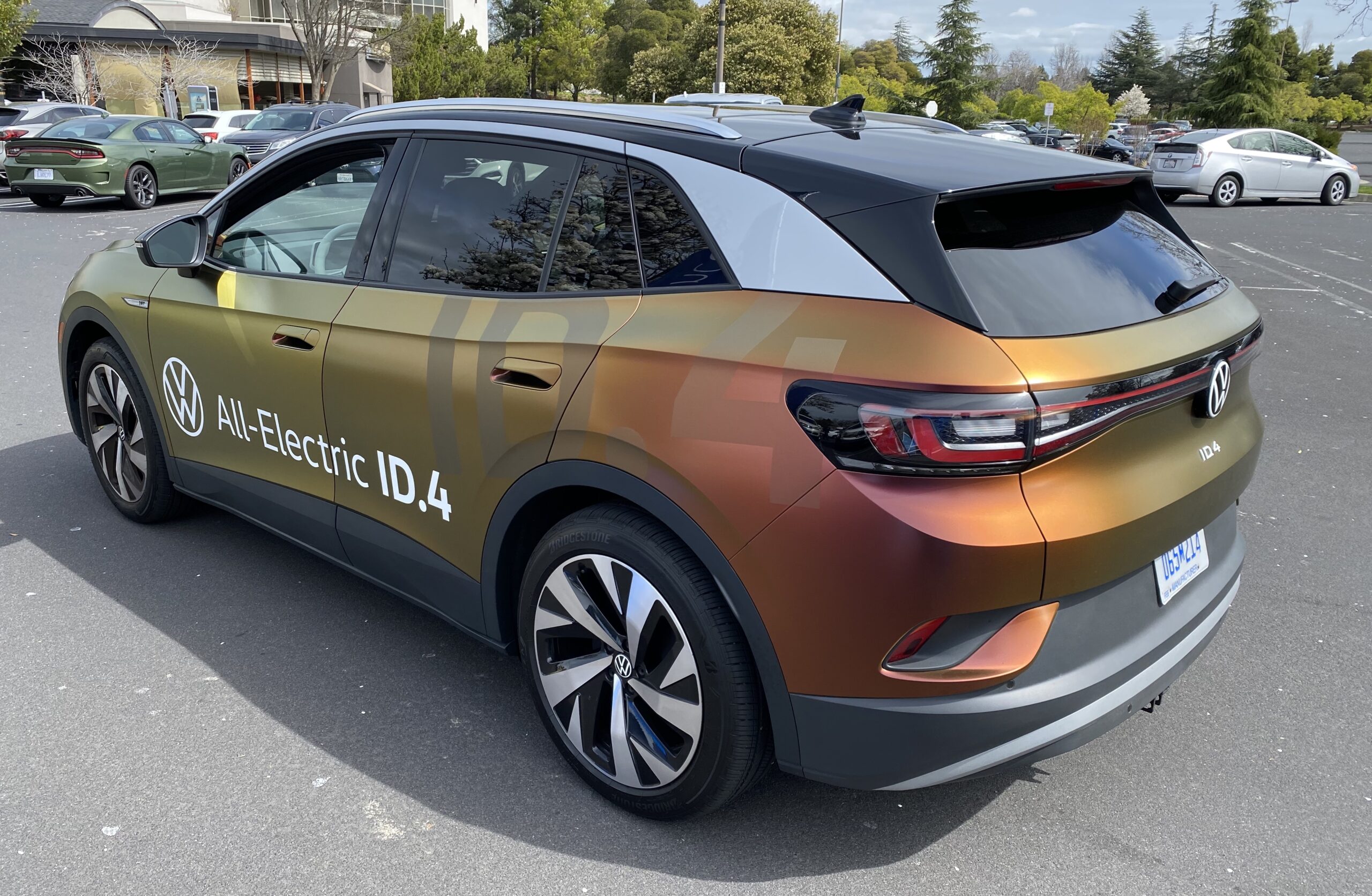
While EVs from the legacy automakers as of yet don’t match the range and performance of those from Tesla, those and other advantages from Tesla are simply not as important to huge segments of car buyers. Following are a few steps legacy automakers and dealers (that are actually trying to sell EVs) need to do to help counter the Tesla narrative that has created various expectations by consumers when considering an EV.
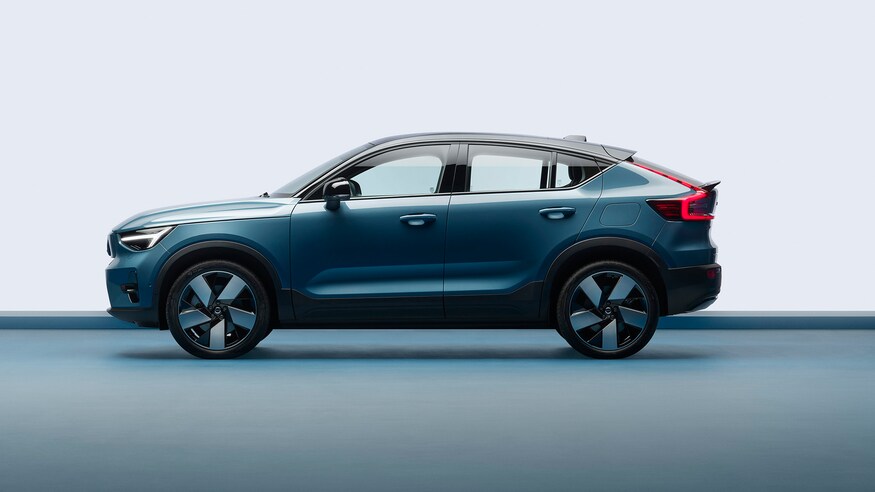
This past week was certainly quite a whirlwind of EV news and developments from Volvo’s plans to end production of ICE vehicles by 2030, yet another proposal to reform the federal EV tax credit, chip shortages, Washington state’s plans to ban ICE vehicles by 2030, Lucid Air delay, Fisker to partner with Foxconn, and much, much more.
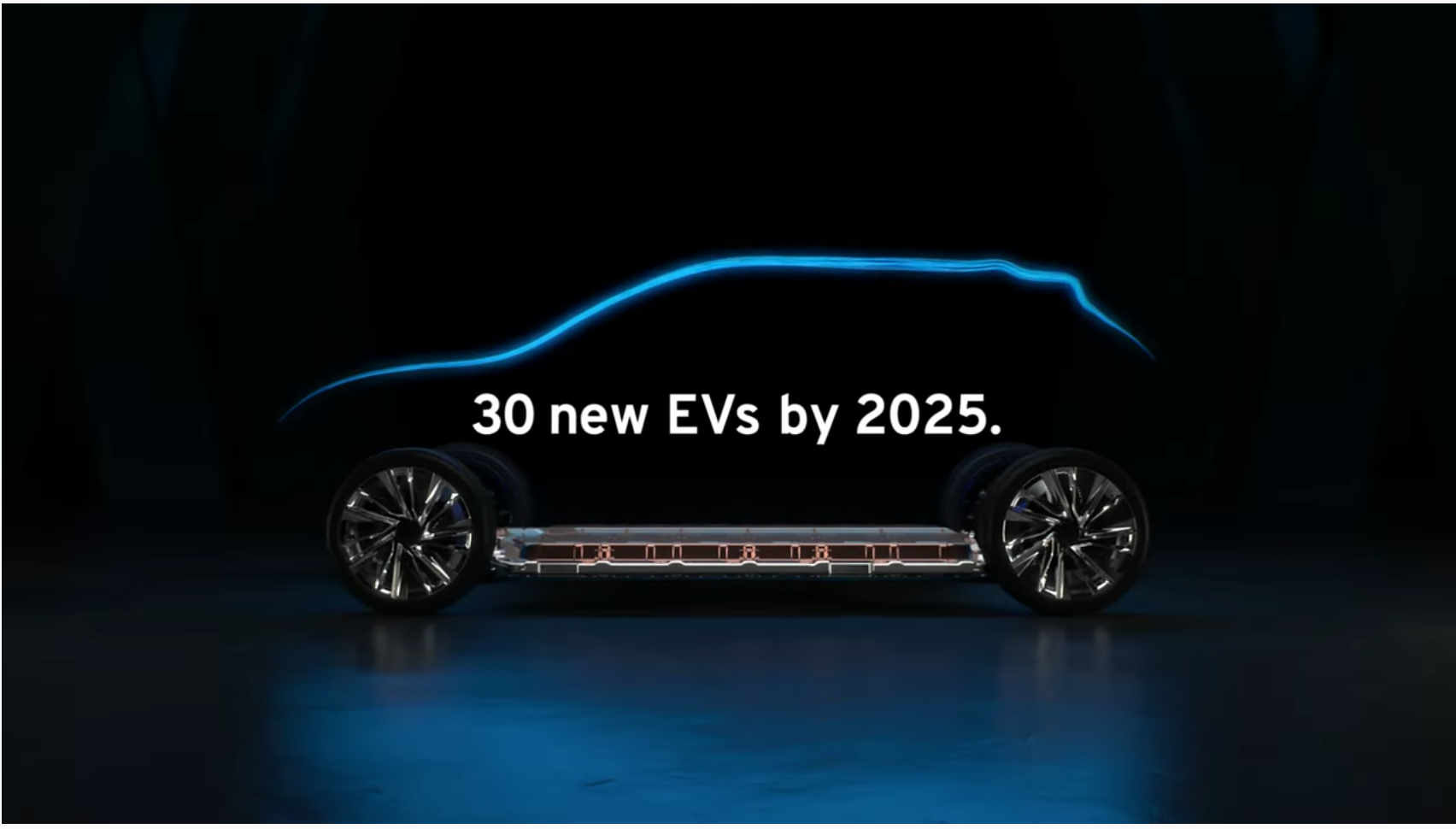
GM has promised “30 new EVs by 2025” – what does this mean for the US EV market? Actually, not a whole lot.
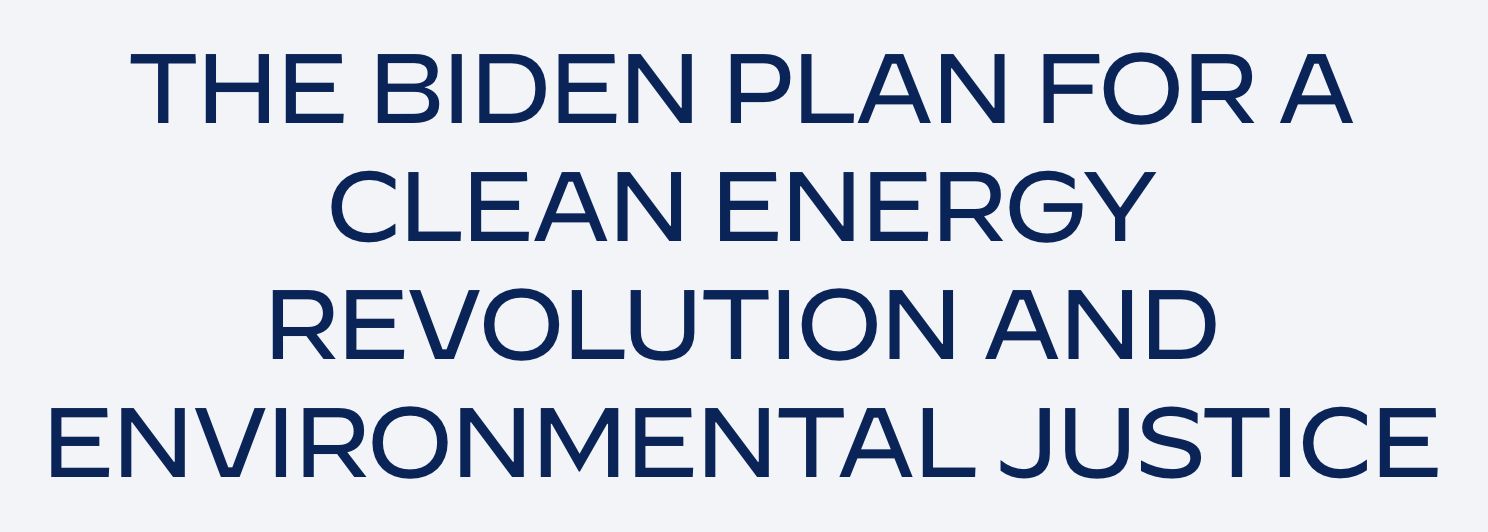
Here are the electric vehicle-related programs that we can expect the Biden administration to pursue.

Hailed as a huge win for auto manufacturers, car dealers, and consumers, the Clean Vehicle Credit (CVC) which is part of Inflation Reduction Act (IRA),

As sales of electric vehicles begin to reach significant numbers across the US, states are exploring approaches to replace lost tax revenue since EVs don’t pay fuel taxes. Is A Tax On Electricity (kWh) Consumed The Best Way to Supplement the Fuel Tax for Electric Vehicles?

One of the top hurdles to EV adoption in the US is the often touted issue that EVs simply cost more than similar gas-powered vehicles. But assuming you can get your hands on one, roughly two-dozen BEVs and PHEVs available for sale in the US this summer have a base manufacturer’s suggested retail price (MSRP) of less than $45,000.

PHEVs are either loved and seen as part of the solution in the transition to vehicles with zero tailpipe emissions, or derided by BEV purists. But PHEVs are a great solution for many, the problem with them in the US is hour are EV incentives are structured. This article outlines some potential fixes.

Only available in the US beginning in Q2 of 2021, the hot-selling Jeep Wrangler 4xe plug-in hybrid electric vehicle (PHEV) was apparently the top-selling PHEV

This past week not only had the usual automaker electrification declarations and teases of EVs to come such as the Kia EV6 and Lexus LF-Z concept EV, but we had a huge April Fools’ joke from Volkswagen. In addition DHL adds to its electric delivery van fleet in the US, Jeep announces plans for a Level 2 charging network and solid article was published about the current poor experience facing EV drivers at the various EV charging networks.

While EVs from the legacy automakers as of yet don’t match the range and performance of those from Tesla, those and other advantages from Tesla are simply not as important to huge segments of car buyers. Following are a few steps legacy automakers and dealers (that are actually trying to sell EVs) need to do to help counter the Tesla narrative that has created various expectations by consumers when considering an EV.

This past week was certainly quite a whirlwind of EV news and developments from Volvo’s plans to end production of ICE vehicles by 2030, yet another proposal to reform the federal EV tax credit, chip shortages, Washington state’s plans to ban ICE vehicles by 2030, Lucid Air delay, Fisker to partner with Foxconn, and much, much more.

GM has promised “30 new EVs by 2025” – what does this mean for the US EV market? Actually, not a whole lot.

Here are the electric vehicle-related programs that we can expect the Biden administration to pursue.
© 2024 EVAdoption, LLC | All Rights Reserved.